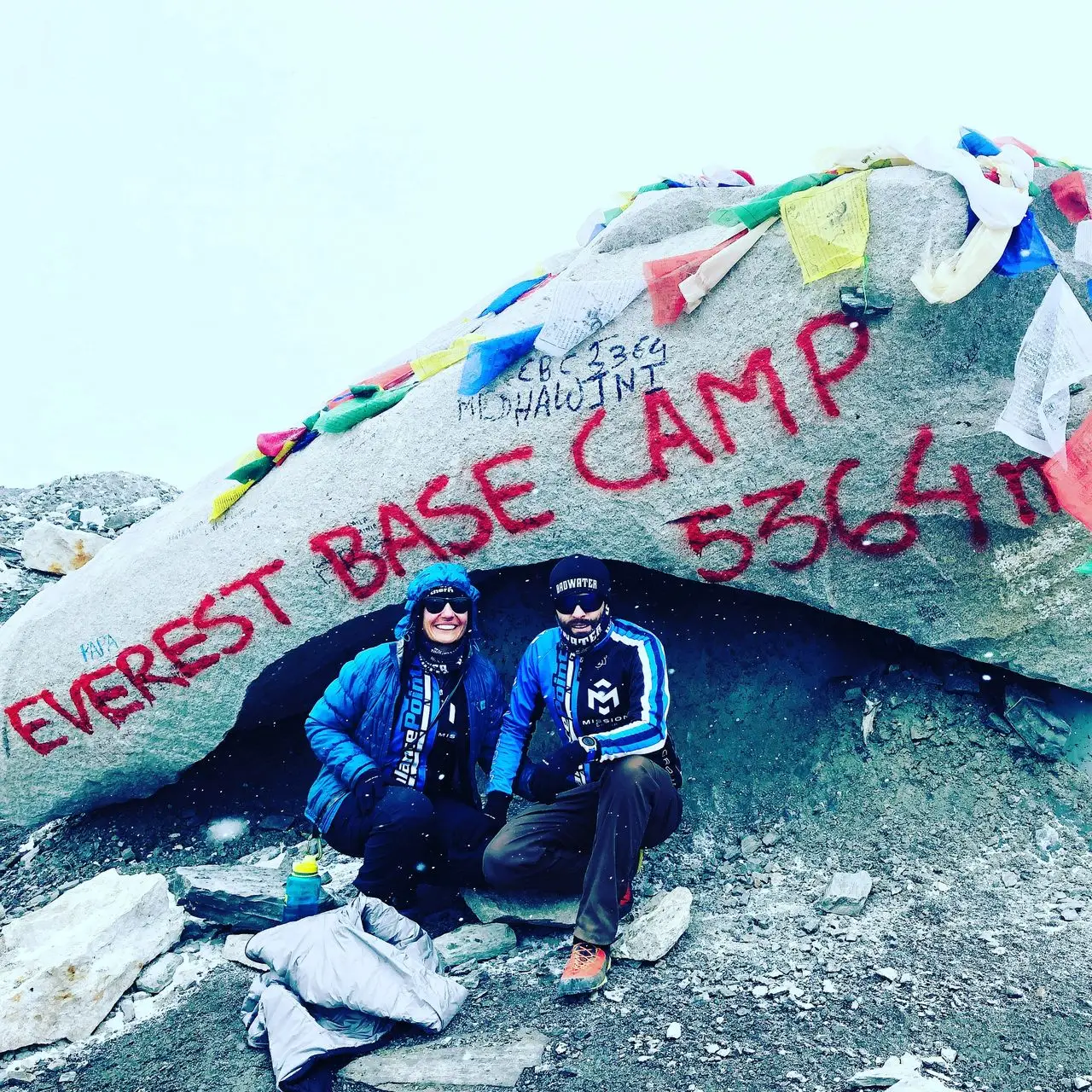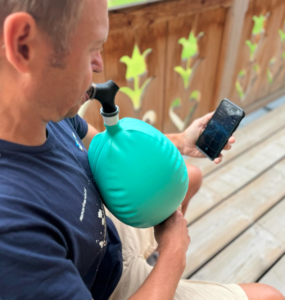
In 2019, my wife and I hiked to Everest Base Camp. We had limited time to get the expedition completed, so we decided to try and get all the way up from Lukla to EBC and back in 9 days. The typical trek to EBC and back takes 15 days. This was less than ideal for us as I have had issues at altitude in the past, and of course it would be nice to take your time on such an incredibly scenic journey.
A quick recap of what Acute Mountain Sickness is:
“Altitude sickness, the mildest form being acute mountain sickness (AMS), is the negative health effect of high altitude, caused by rapid exposure to low amounts of oxygen at high elevation. Symptoms may include headaches, vomiting, tiredness, trouble sleeping, and dizziness. Acute mountain sickness can progress to high altitude pulmonary edema (HAPE) with associated shortness of breath or high altitude cerebral edema (HACE) with associated confusion. Chronic mountain sickness may occur after long term exposure to high altitude.
Altitude sickness typically occurs only above 2,500 metres (8,000 ft), though some are affected at lower altitudes. Risk factors include a prior episode of altitude sickness, a high degree of activity, and a rapid increase in elevation. Diagnosis is based on symptoms and is supported in those who have more than a minor reduction in activities. It is recommended that at high-altitude any symptoms of headache, nausea, shortness of breath, or vomiting be assumed to be altitude sickness.” -Wikipedia
As the body craves oxygen, most fit lungs tend to breathe harder, trying to suck up more of it. The problem then arises that as you breathe harder to suck up the oxygen, you end up breathing off all your CO2. This is a big problem because your body regulates CO2 very tightly and blowing all of it off will cause a serious autonomic response called hypocapnia. But if you breathe slower, your oxygen levels drop… So you’re stuck in a damned if I do and damned if I don’t, scenario.
Having used the Breathe Way in training myself, as well as athletes I coach for endurance sports for many years, I understood that this device controlled the level of CO2 you breathe with its regulation valve and rebreather bag. This is handy because, while using the device, you can breathe as hard as you can without becoming hypocapnic (CO2 levels too low). With this knowledge the questions arose, Can this device help us overcome the symptoms of AMS so we can safely get to Everest Base Camp?
So we brought the Breathe Way, a Capnometer (CO2 meter) and a finger oxygen saturation analyzer on the trek with us. Starting out on the trek, we were using the Breathe Way everyday. Usually once in the morning and one once before bed and monitoring O2 and CO2 levels every time. In the beginning, it was not all that exciting. On day one we hiked to a town called Phakding (2610m), oxygen saturation was barely below normal and we were not yet getting any symptoms of AMS. By day 3, we both started to see our resting O2 levels drop. But every time we used the Breathe Way, the numbers normalized and we felt great! By day 6 we were in Gorakshep (5164m), just below base camp. The reality of the low oxygen environment was very obvious to us. Our hiking had slowed significantly at this point and we were feeling many of the symptoms of AMS. At this point we were using the Breathe Way 4-6 times a day and every time we used the Breathe Way, after a few minutes our O2 levels climbed right back up, while holding the CO2 levels normal. The symptoms quickly went away and we felt better.
Subsequently, we have had athletes report back to us that when they used the Breathe Way device at altitude, it helped them recover from the day and aided in a restful
sleep.
Check out the short we film at base camp showing the results.



